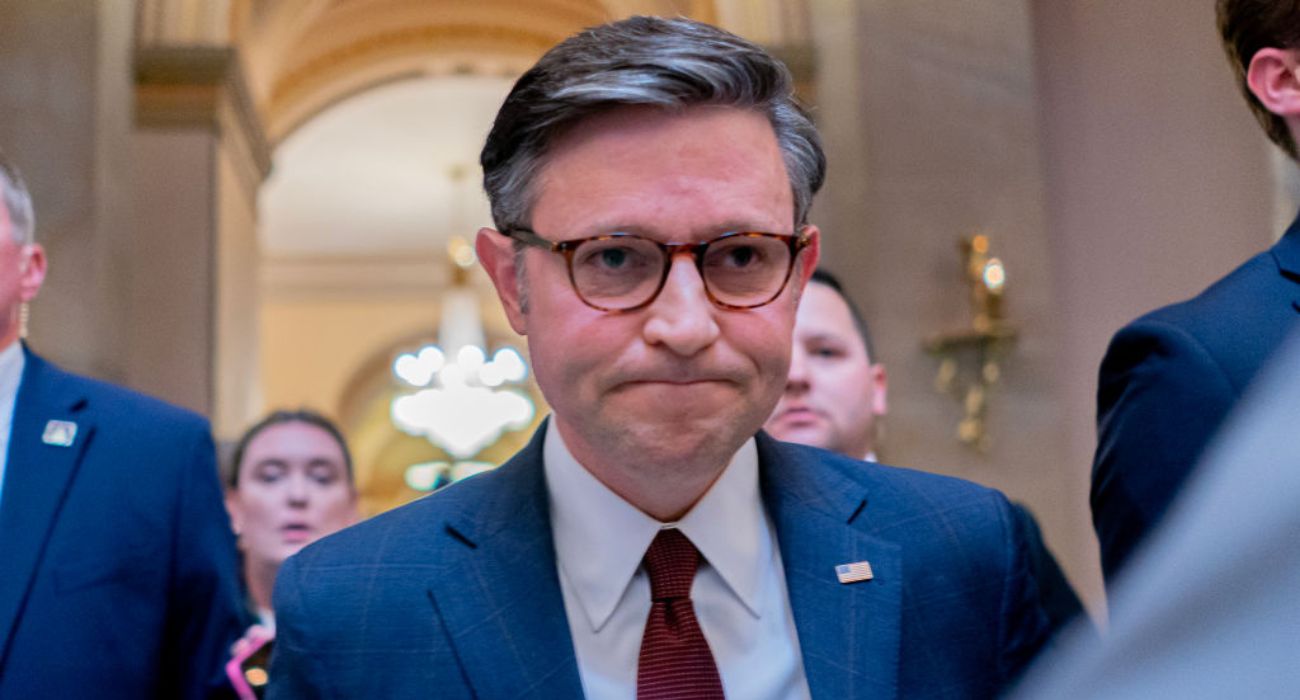The leak of a Supreme Court draft opinion that would overturn the 1973 Roe v. Wade decision on abortion has sparked angry responses that have included protests in front of the homes of Supreme Court justices.
In the immediate aftermath of the May 2 leak of a draft from Justice Samuel Alito, protesters gathered in front of the Supreme Court. That led to the installation of fencing around the court. Fencing was previously installed around the court for approximately five months after the events at the U.S. Capitol on January 6, 2021.
Over the weekend, protesters moved to the homes of Justice Brett Kavanaugh and Chief Justice John Roberts. Protests followed on Monday night at Alito’s residence.
While no violence has been connected to any of the protests, the tactic has received criticism from some politicians. Among them was Senate Minority Leader Mitch McConnell, who commented on Monday about the situation.
“We’ve seen angry crowds assemble at judges’ private family homes. Activists published a map of their addresses. Law enforcement has had to install a security fence around the Supreme Court itself,” McConnell said from the Senate floor.
“Trying to scare federal judges into ruling a certain way is far outside the bounds of First Amendment speech or protest. It is an attempt to replace the rule of law with the rule of mobs,” he added.
The protest at Alito’s home was organized by ShutDownDC, an organization that, according to its website, “uses strategic direct action to advance justice and hold officials accountable.” The group said the demonstration outside Alito’s home was “a moment of silence for the rights we know are ours.”
Meanwhile, the protests outside Kavanaugh’s home were organized by one of his neighbors, Lacie Wooten-Holway, who said her demonstration was only a candlelight vigil.
“I organize peaceful candlelit vigils in front of his house,” she told The Washington Post. “We’re about to get doomsday, so I’m not going to be civil to that man at all.”
The outgoing White House press secretary, Jen Psaki, addressed the matter and expressed that President Biden supports the right to protest. However, she warned against threats or violence during such protests.
“Judges perform an incredibly important function in our society, and they must be able to do their jobs without concern for their personal safety,” Psaki said.
On Monday, the U.S. Marshals Service announced it would increase the work already being done by law enforcement to protect the justices “in response to increased security concerns stemming from the unauthorized release of the draft opinion.”
The U.S. Senate passed a bill with unanimous support on Tuesday that will offer around-the-clock security for family members of the Supreme Court. The bill has yet to pass the House.
Senators John Cornyn (R-Texas) and Chris Coons (D-Delaware) formally introduced the legislation last week.
“Threats to the physical safety of Supreme Court Justices and their families are disgraceful, and attempts to intimidate and influence the independence of our judiciary cannot be tolerated,” Cornyn said in a statement.
“I’m glad the Senate quickly approved this measure to extend Supreme Court police protection to family members, and the House must take up and pass it immediately,” he added.
Coons, in a statement, said that he was “glad to see this bipartisan bill unanimously pass the Senate in order to extend security protection to the families of Supreme Court members.”






